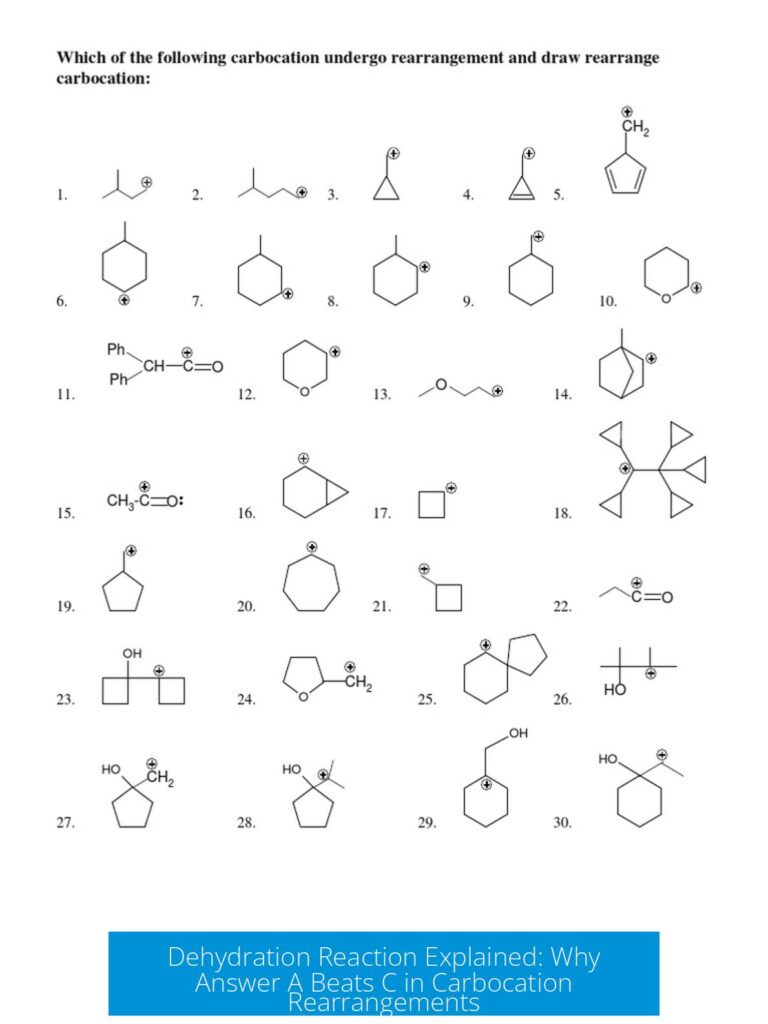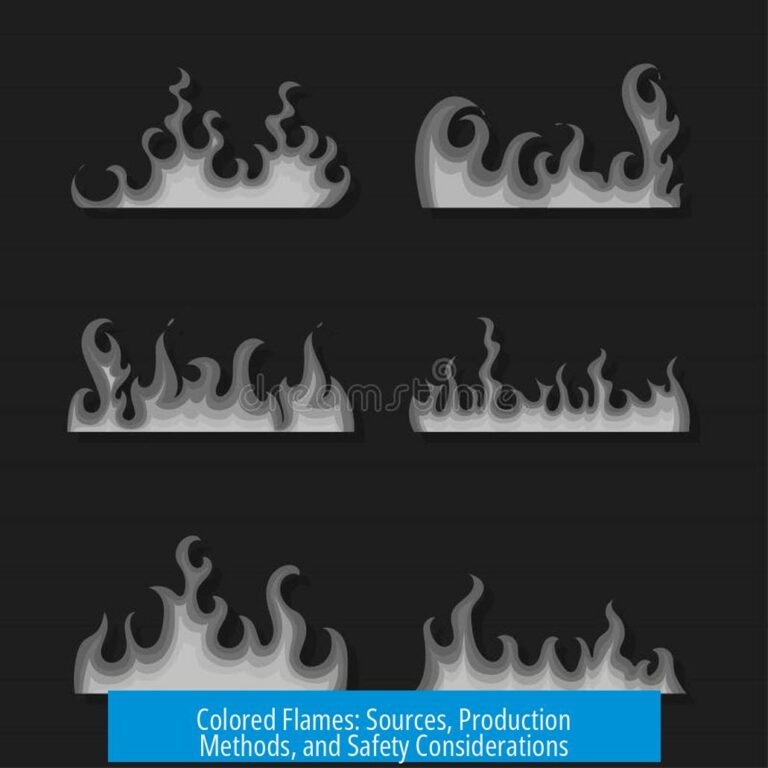Common Ways to Lose Product and Reduce Yield

Product loss and reduced yield in chemical synthesis arise from multiple factors, including material losses, incomplete reactions, side reactions, procedural errors, and experimental limitations. Understanding these causes helps improve efficiency and interpret yields accurately.
1. Material Losses in Apparatus and Transfer
Significant product can remain in reaction flasks after completion. Spillage during transfer of mixtures also causes loss. Filter papers and vessels retain residues which decrease recovered quantity. These physical losses are common and often unavoidable.
2. Reaction Incompleteness and Side Reactions

Reactions that do not reach full conversion directly lower yield. Excessive temperature or incorrect conditions may decompose products or form by-products. These side reactions consume starting materials and reduce target compound output.
3. Issues During Recovery and Work-up
- Poor recovery occurs if the reaction mixture is too dilute or at the wrong temperature for product precipitation.
- Rushing recrystallization or inadequate cooling results in less solid product formation.
- Incorrect solvent ratios, such as excessive ethanol-water in recrystallization, worsen yield.
4. Quality and Preparation of Starting Materials
Low-grade reactants or materials with unexpected hydration states cause lower yield. The purity and condition of starting compounds influence the reaction progress and final output.
5. Procedural and Experimental Factors in Undergraduate Labs
In teaching labs, procedures prioritize learning over yield. Less control and time constraints increase losses. Basic errors, rushing, or imprecise techniques reduce product amount. Sometimes higher yield corresponds to impure product, showing a trade-off between quantity and quality.
6. Reporting and Literature Considerations
Published data often show the best yields under optimal, controlled conditions. Laboratory yields frequently fall short of literature values. Variability in student practice and reaction scale affects outcomes.
7. Advice and Attitudes Toward Yield in Learning Labs
- Careful attention to procedural detail can improve yield.
- Discuss difficulties with instructors for troubleshooting.
- Yield sometimes depends on chance despite best efforts.
- Focus should be on grasping concepts beyond just yield percentages.
Key Takeaways
- Losses occur physically in apparatus and during transfers.
- Incomplete reactions and side products reduce the target compound.
- Work-up methods significantly impact recovery efficiency.
- Starting material quality is crucial for successful synthesis.
- Undergrad labs emphasize learning over optimal yield.
- Literature yields reflect ideal conditions seldom matched in practice.





Leave a Comment